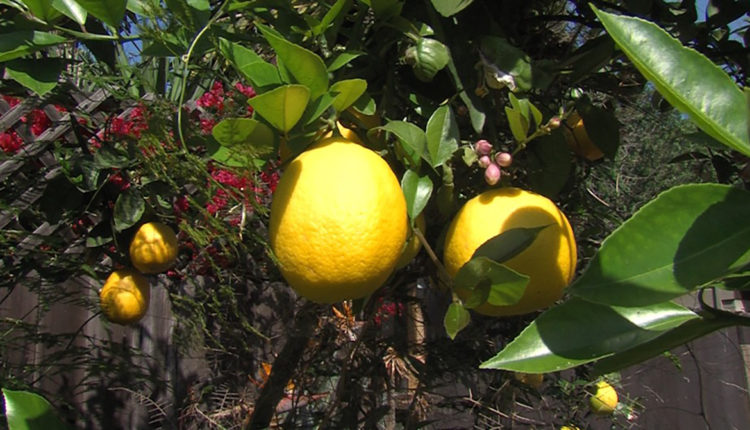The California Department of Food and Agriculture Thursday declared a quarantine in north San Diego County following the detection of the citrus disease Huanglongbing, or citrus greening, in two citrus trees on a single residential property in Oceanside.
This is the first time the plant disease — which does not harm people but is deadly to citrus — has been detected in San Diego County. CDFA is working with the United States Department of Agriculture and the San Diego County Agricultural Commissioner on a mandatory 60-square-mile quarantine area around the site to restrict the movement of citrus fruit, trees and related plant material.
RELATED: California Could Cut Off Water From Thousands Of Farmers
The quarantine area is bordered on the north by Vandergrift Boulevard at Camp Pendleton; on the south by Carlsbad Village Drive in Carlsbad/unincorporated San Diego County; on the west by the Pacific Ocean; and on the east by Melrose Drive on the eastern edge of Oceanside.
HLB quarantine maps for San Diego County are available online at cdfa.ca.gov/plant/hlb/regulation.html.
An HLB quarantine area currently exists in parts of Orange, Los Angeles, Riverside and San Bernardino counties, where more than 2,400 trees have tested positive for the disease and been removed.
The quarantine prohibits the movement of all citrus nursery stock or plant parts out of the quarantine area. Provisions exist to allow the movement of commercially cleaned and packed citrus fruit. Fruit that is not commercially cleaned and packed must not be moved from the property on which it is grown, although it may be processed and/or consumed on the premises. This includes residential citrus, such as oranges, lemons, grapefruit and kumquats.
RELATED: Even In An Epically Dry Year Water Flows Into Parched Colorado River Delta
Residents are urged to take several steps to help protect citrus trees:
— Do not move citrus plants, leaves or foliage into or out of the quarantine area or across state or international borders;
— Cooperate with agricultural officials placing traps, inspecting trees and treating for the pest; and
— If you no longer wish to care for your citrus tree, consider removing it so it does not become a host to the pest and disease.
HLB is a bacterial disease that affects the vascular system of citrus trees and plants. It does not pose a threat to humans or animals. The Asian citrus psyllid can spread the bacteria as the pest feeds on citrus trees and plants. Once a tree is infected, there is no cure; the tree will produce bitter and misshapen fruit and die within a few years.
RELATED: Coffee Is Growing, Thriving In San Diego’s North County
CDFA staff are scheduling removal of the infected trees and are in the midst of surveying citrus trees in a 250-meter radius around the detection site to determine if any other trees are infected with HLB. A treatment program for citrus trees to reduce Asian citrus psyllid infestations will also be conducted within 250-meter radius of the find site.
The action is designed to remove a critical reservoir of the disease and its vectors, and is considered essential to protect surrounding citrus.
The public agencies continue to pursue a strategy of controlling the spread of the Asian citrus psyllid while researchers work to find a cure for the disease.
FEATURED PODCAST
San Diego news; when you want it, where you want it. Get local stories on politics, education, health, environment, the border and more. New episodes are ready weekday mornings. Hosted by Anica Colbert and produced by KPBS, San Diego and the Imperial County’s NPR and PBS station.
To view PDF documents, Download Acrobat Reader.


Comments are closed.